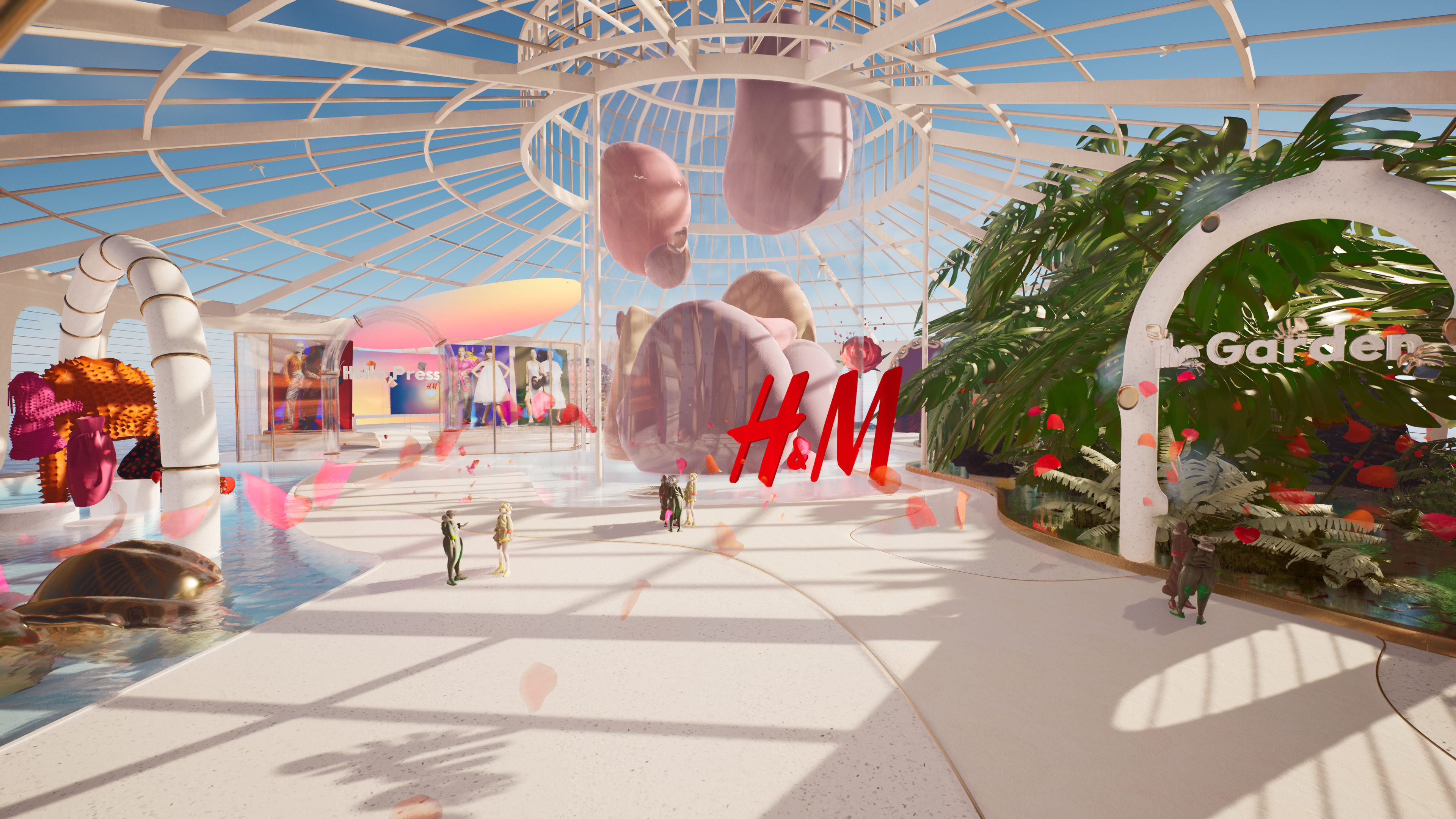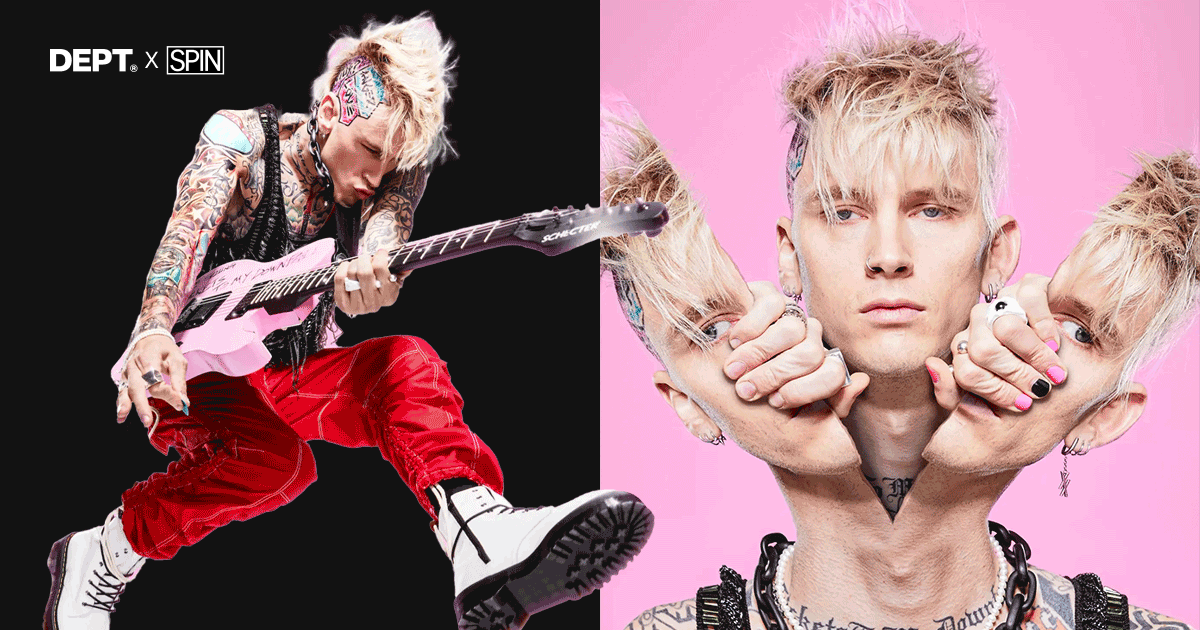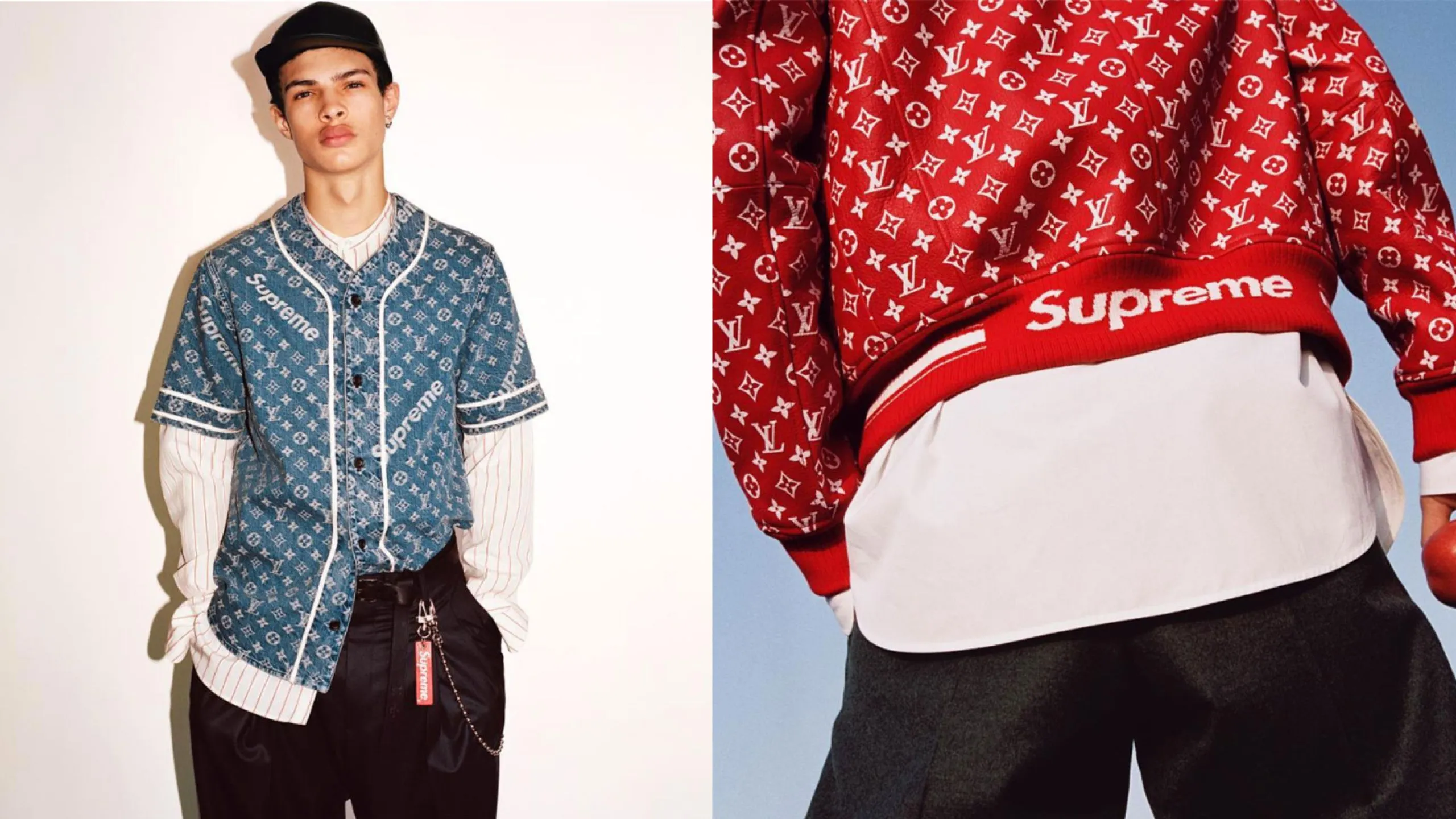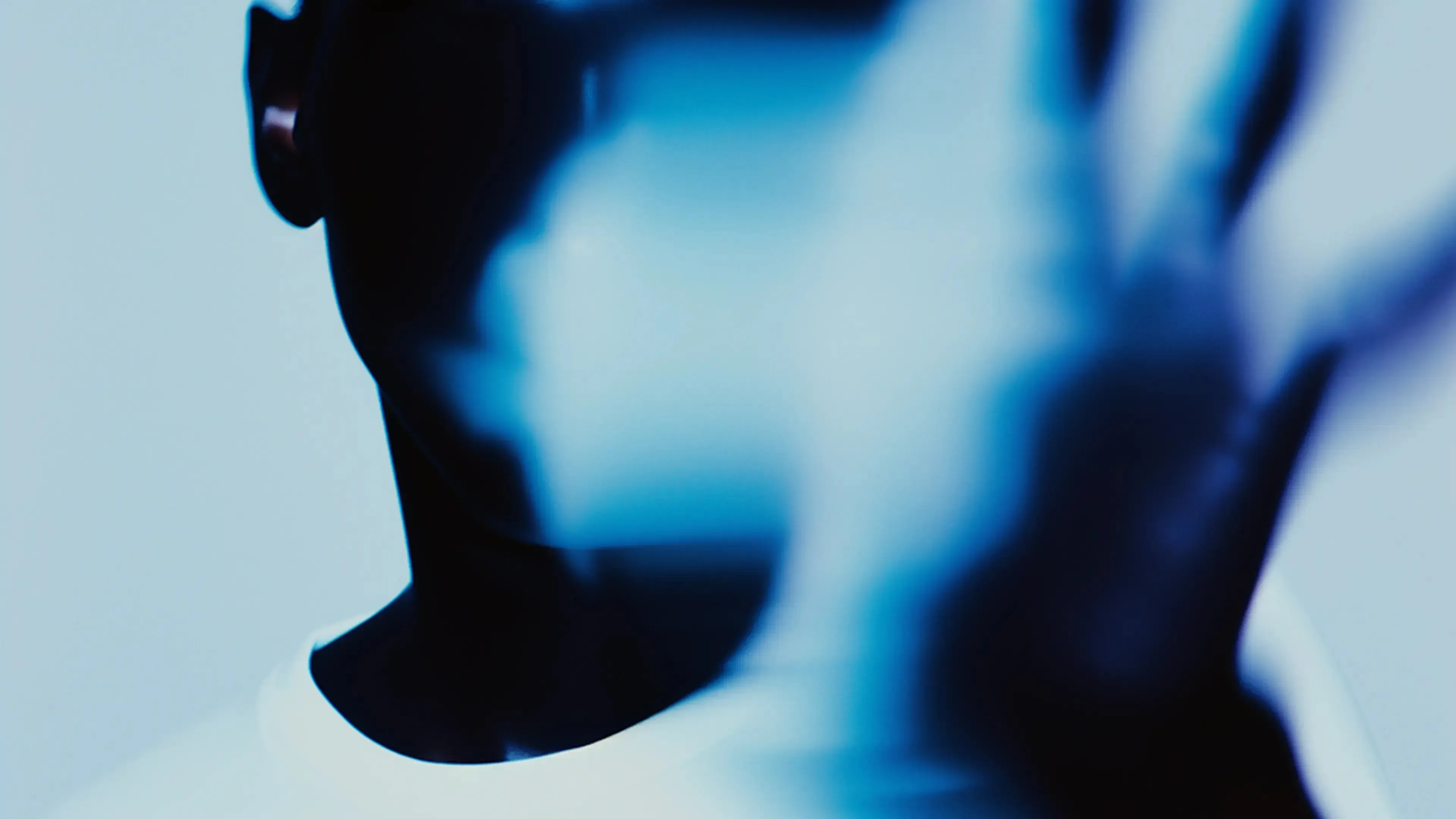See how these 5 brands are diving into web3
Welcome to web3, a new kind of internet.
Where web2 was defined by corporate giants, web3 is defined by a host of revolutionary new technologies. From AR and AI to machine learning and blockchain, these technologies have created a wealth of opportunities for decentralization and innovation.
Web3 has the potential to fundamentally change the way that brands and consumers interact with one another. Many brands are already experimenting with NFTs and virtual worlds (aka the metaverse) to drive brand awareness and increase customer loyalty in a way that just isn’t possible through traditional social media or ecommerce channels.
As the lines between the physical and digital world continue to blur, brands have the opportunity to create new business models, forms of commerce, entertainment and more. Let’s look at a few brands that are diving right in.
H&Mbeyond: A virtual showroom for meaningful exchanges
H&Mbeyond is the innovation hub of the well-known Swedish fashion company H&M Group. In keeping with the current zeitgeist, H&Mbeyond wanted to expand H&M’s physical showrooms with its first-ever digital showroom.
The brand partnered with DEPT® and Journee to create an immersive space.
Here, a wide variety of target audiences such as influencers and stylists, customers, employees, and the press can learn more about H&M and its collections, including 3D rendered cloth materials and garments animated to simulate the movement of the cutting-edge materials.
“H&M’s Virtual Showroom is designed as a space for brand activations such as fashion campaigns,” said Thorsten Mindermann, Regional Manager H&M Central Europe. “These are brought to life in a whole new and exciting way, combining innovation, digitalization and sustainability.”
H&Mbeyond recognized that for the fashion industry, a virtual showroom offers new ways to bring to life new collections and campaigns. For example, in the “Campaign Room” visitors can get insights from Creative Director Ann-Sofie Johannson and Concept Designer Ella Soccorsi about the design process of the collection and the campaign, as well as the materials used in the clothing.

The virtual showroom was launched following the introduction of H&M’s first virtual garments in January. The collection was displayed as part of a competition where participants could submit ideas for names for the available looks, and win a chance to “wear” the pieces thanks to 3D graphic designers who would style them in the digital look as an animated image.
With virtual fashion, brands like H&M are making it easy for consumers to express themselves in the digital world just as they would in the physical world. But the big difference is that virtual fashion is wearable for all bodies. “Regardless of size, shape, or gender, digital gartments are size inclusive and tailored for all body types,” said Ann-Sofie Johannson, Creative Advisor, H&M.
SPIN: NFT commerce at scale
Another area ripe for brands to explore in the web3 world are NFTs. NFTs open up avenues for brands to innovate and let consumers engage with digital ownership and digital collectibles.
For SPIN, whose iconic magazine covers have been a collector’s item since it was first published in 1985, NFTs represent an opportunity to help fans collect these pieces of culture in a new way.
SPIN owns 36 years of iconic photography, covers, videos, and other rare media. These assets have been appreciated and valued by magazine subscribers for decades. But like many publishers starting to experiment with NFTs, SPIN realized that they could extend the value of their storied intellectual property to even more fans through digital collectibles.
SPIN partnered with DEPT® to create a carbon-neutral NFT marketplace to sell, auction, and re-sell their covers and other photography assets. In doing so, SPIN became the first major music media brand to make its full content archive available with NFTs.

SPIN unveiled its NFT marketplace at SXSW 2022, with an inaugural auction featuring covers of Machine Gun Kelly (which sold for $2,670) and Perry Farrell. Additional covers, as well as art pieces, will be placed up for auction over the course of 2022.
“We’re excited to introduce these famous pieces as NFTs. It’s an easy entry point for fans to begin to collect scarce and coveted digital photography and memorabilia while providing artists a way into the space,” said Jimmy Hutcheson, CEO of SPIN.
Fashion brands: Wearable items for in-game or social experiences
As games and social apps support more creativity and design variation, people are paying for virtual items that signal their character and values, just as they would in the real world.
For most brands, this translates to an opportunity to create wearable items for in-game or social experiences. The biggest opportunities involve partnering with games like Fortnite, Roblox, or League of Legends. These platforms are extremely selective and will work closely with brands to create something that contributes to the gaming experience in a native way.
Brands like Gucci, Nike, Ralph Lauren, Vans and more have jumped on this trend by creating activations in Roblox.
In 2021 to celebrate its 100th anniversary, Gucci created a “Gucci Garden” in Roblox where players could immerse themselves in different rooms and purchase limited-edition avatar items. Nike launched NIKELAND, a bespoke world with the backdrop of its world headquarters inside Roblox’s immersive 3D space. And more recently, Ralph Lauren created the “Ralph Lauren Winter Escape” world with winter-themed activities and limited-edition items for avatars.
These experiences work because there is an obvious tie-in with the physical world. The connection between the physical and virtual world is one of the most exciting possibilities that the metaverse brings. Not all Roblox Gucci stans can go to Italy, but they can get the same experience from their living rooms. Putting on celebrations like this online and IRL opens a brand up to new audiences and shows they truly want to be involved in these communities.
These are just some of the ways that brands have started to embrace and prepare for the third iteration of the internet, which will impact them massively for years to come. The implications for how all brands interact with consumers will be profound. We have the opportunity to build fully immersive, 3D worlds from the ground up and leverage them to develop customer experiences like we’ve never seen before.
We’ll be exploring these trends at our 24-hour Meta Festival on June 28th. Visit meta-festival.com to learn more and register.
Questions?
Head of Marketing US




